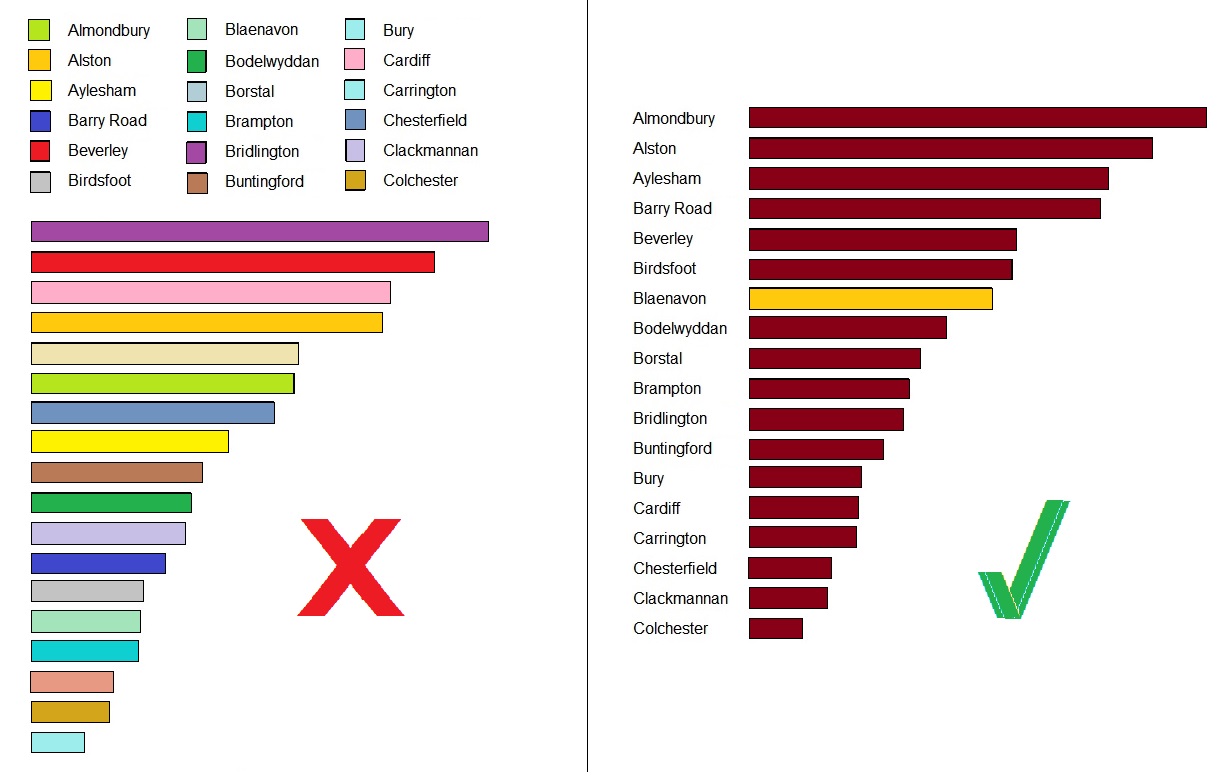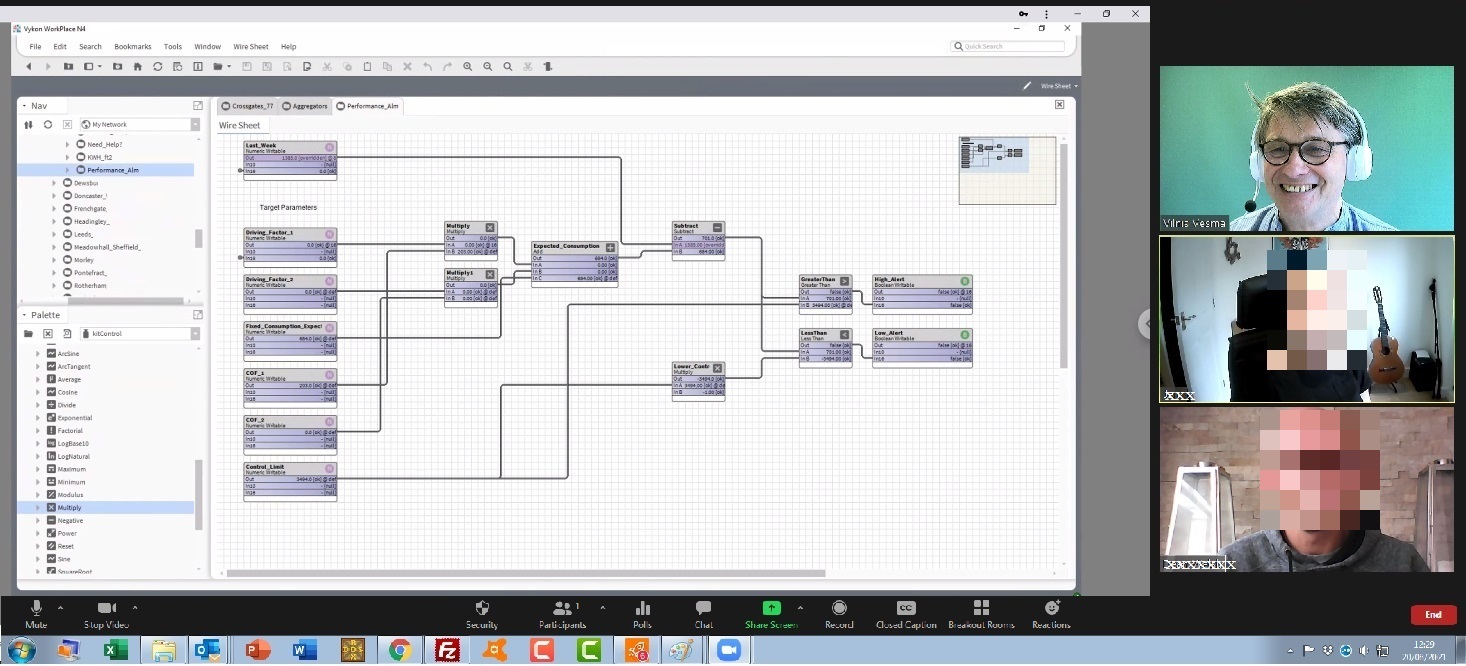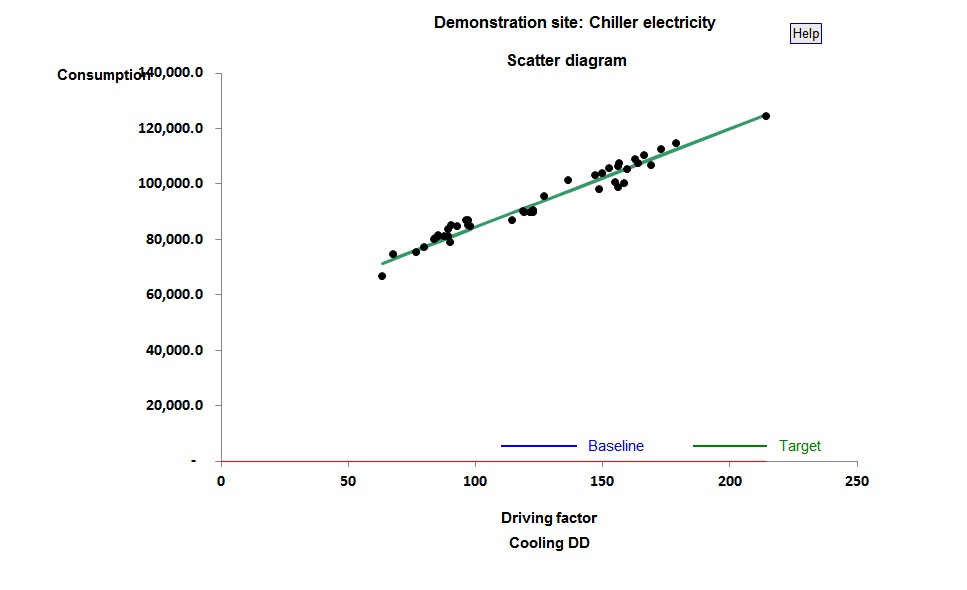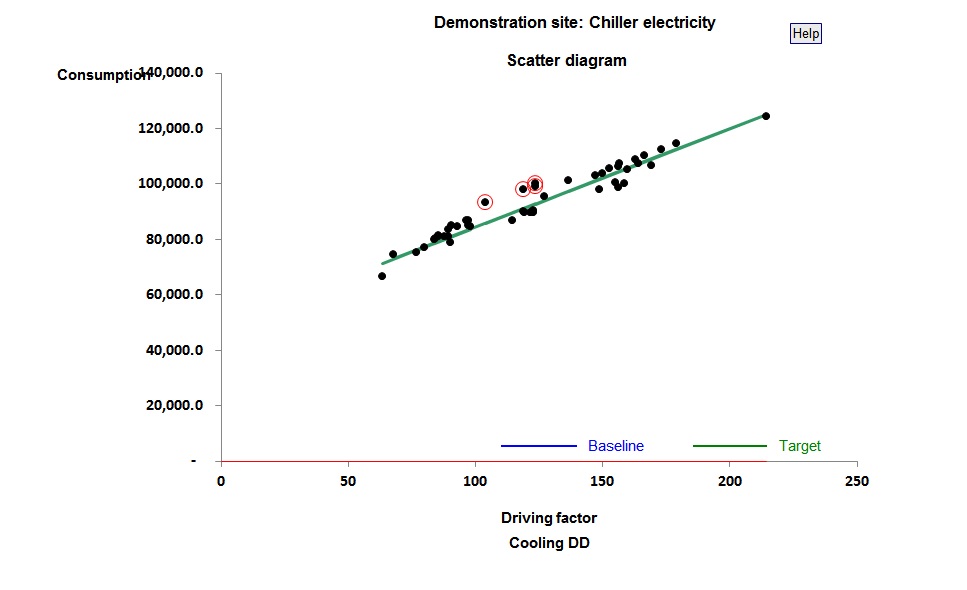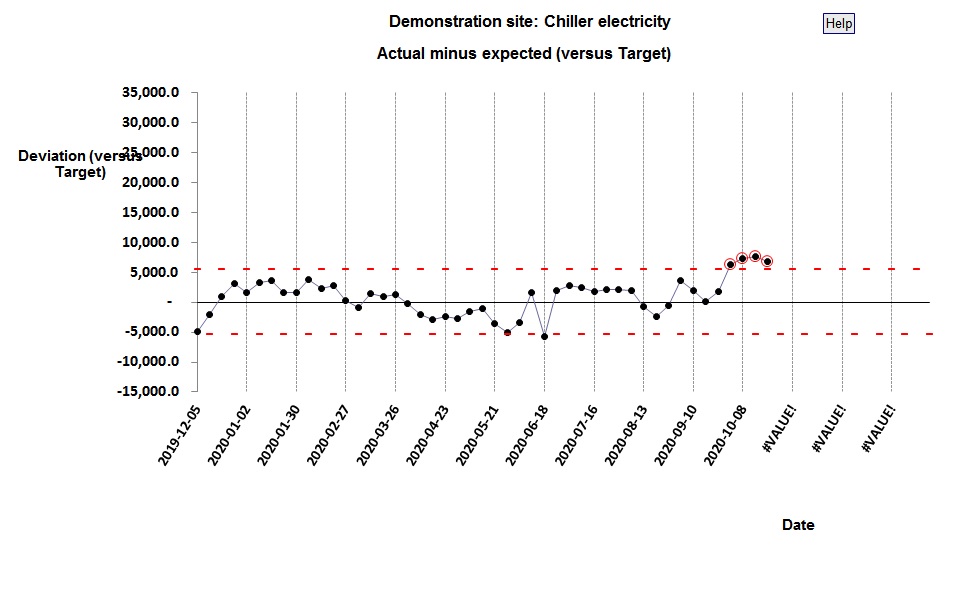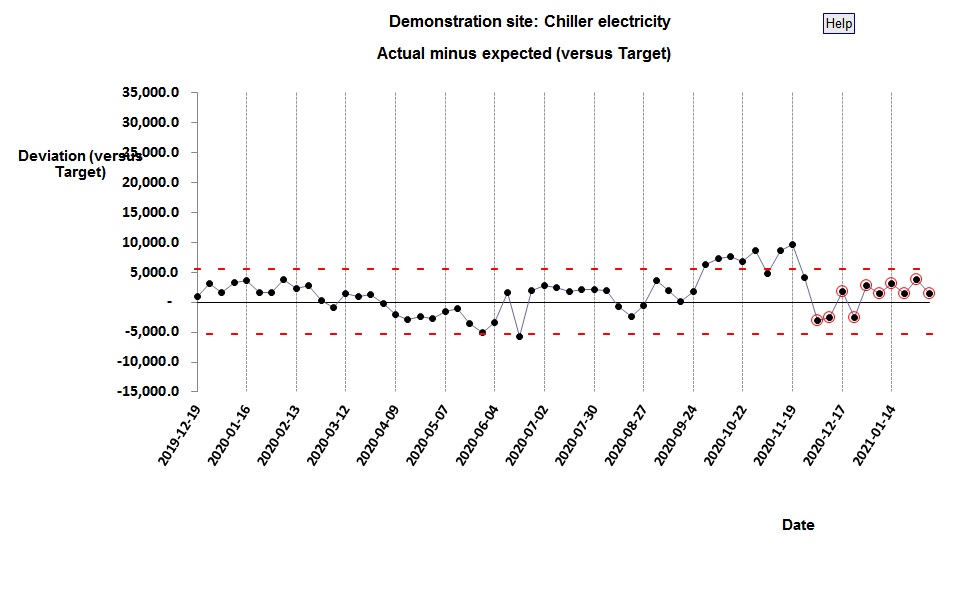Participating in a remote meeting for one hour generates the same emissions as driving just 580 metres. That was my conclusion when someone asked me what were the relative environmental impacts of remote and in-person meetings. Here’s how I approached the question…
We’ll start by estimating the energy intensity of data communications. We know from an Ofcom study that in 2018 the average UK fixed broadband connection was using 240 GB per month, and if we assume £30 per month was the typical tariff, that works out at £0.125 per GB. Now let’s assume that this price covers the operator’s costs and that, pessimistically, 50% of that cost is for electricity which they were buying at (say) £0.15 per kWh. This implies an energy intensity of £0.125 x 50% / £0.15 = 0.42 kWh per GB.
But how much data is there in a remote meeting? Fortunately we can get a good direct estimate from the sizes of session recordings. My two-hour on-line events have typically resulted in recordings of around 500 MB, which must be the equivalent of all the data broadcast to each participant (as a sense check, that’s 250 megabytes per hour, or about 0.55 megabits per second bandwidth). To be conservative let’s add as much again for return traffic from each participant, giving a total of 500 MB (0.5 GB) per hour per participant.
At 0.42 kWh per GB that implies 0.5 x 0.42 = 0.21 kWh per participant-hour.
This only accounts for the communications element. To be fair we need to add the cost of central data processing and to do that I’m firstly going to guess that the server consumes 100 watts for the purposes of processing the meeting. Secondly I’ll assume that the meeting has four participants. That would imply 0.025 kWh per participant-hour, bringing the total to 0.235. The fact that it’s a small correction means the conclusions aren’t very sensitive to the number of participants. If we assume a grid carbon intensity of 0.3 kgCO2/kWh we arrive at emissions of 0.235 x 0.3 = 0.07 kgCO2 per participant-hour.
How does that final figure compare with car travel to the meeting? The average car in the UK emits about 0.12 kgCO2 per km, so attending an hour-long remote meeting equates, in emissions terms, to 0.07/0.12 = 0.58 km of car travel. Case closed.
–o–
This article first appeared in the Energy Management Register bulletin on 12 July, 2021. Subscriptions are free of charge: please follow this link. You can unsubscribe again from any issue.
